In the 1870s, the expansion of America into the west forced predatory animals into constrained territories, where prey was driven out and domesticated agricultural animals were used as replacement. During the late 1800s and early 1900s, wolves were consistently in the aim of the rifle, trapped, or even poisoned in Yellowstone, so that the so called more regal animals could thrive, like Elk (Route 2016, 1) . From 1914 to 1926, an estimated 136 wolves were slaughtered in Yellowstone Park. In 1926, what was believed to be the last of the Yellowstone wolf packs was executed by bullet without fanfare. Gray wolves had been exterminate throughout the states, retaining only a foot hold in Minnesota by 1960. By 1975, shortly after the wolf was listed under the Endangered Species Act, there begins to be inklings of a new program to reinstate the wolf to its former glory in the west.
By 1995, the wolves were back with the support of the public behind them. Wolves were captured in Canada and brought down to both Idaho and Yellowstone. The wolves they relocated ranged from as young as nine months to full adults of five years of age that had previously bred. The reinstatement of wolves was judged a success by 1996, leading to an increase in biodiversity within the park. The wolves provide far more balance between predator and prey populations within the park. Wolf kills provide food for grizzlies, scavenging animals, as well as coyotes, increasing their populations as well. Although, the future of the wolf depends on their depletion of livestock as well as the hunting habits of packs wandering outside of the park, not just their benefits.
The recovery of the wolf is far from over, however. More pockets of wolf packs must be established in order to ensure genetic sustainability within the species. Sadly, the wolf still only survives in 10% of its former range, while still facing consistent war from farmers. And while the wolf may find sanctuary in Yellowstone, beyond its barriers in Montana and Idaho, hunting and trapping season for wolves exists. Idaho and Montana delisted wolves in the year 2008, while Wyoming has continually come on and off delisting wolves. Still, the US Fish and Wildlife service continues to monitor the recovery path of wolves within these states to confirm an increase in their population. And in 2013, the Obama administration proposed to strip wolves of their protection within the states, however the courts argued otherwise, stating that it would be direct violation of the Endangered Species Act.
The Yellowstone Wolf Project continues to gather information about the packs within the park using radio collars. This information will both ensure their survival and permit the spread of information and learning about this beautiful animal of the west.
The population of wolves now stands around 100 wolves, with about 500 in the subsequent areas surrounding Yellowstone park. They have hit a plateau as of 2014, falling beneath the 174 population in 2010 by 70 wolves. This is due to the limited number of elk, which subsequently leads to fewer numbers of wolves.
We must continue to preserve this animal and promote their recovery. They are complex and beautiful, a definite symbol of the American west.
–Camiell Foulger
“.” America’s Gray Wolves: A Long Road to Recovery, Center for Biological Diversity, www.biologicaldiversity.org/campaigns/gray_wolves/.
Staff. “Gray Wolves Create Balance between Predator and Prey in Yellowstone.” My Yellowstone Park, National Park Trips Media, 21 June 2015, www.yellowstonepark.com/things-to-do/wolves-elk-balance.
Route, Bill. “Wolf Conservation in America’s National Parks.” Northland College, Northland College, 15 Oct. 2016, www.northland.edu/news/wolf-conservation-americas-national-parks/.
“Wolf Restoration.” National Parks Service, U.S. Department of the Interior, www.nps.gov/yell/learn/nature/wolf-restoration.htm.
“Wolf Conservation in America’s National Parks.” The History of Wolves in Yellowstone, Yellowstone Wolf: Project Citizen Science, www.yellowstonewolf.org/yellowstone_wolf_history.php.

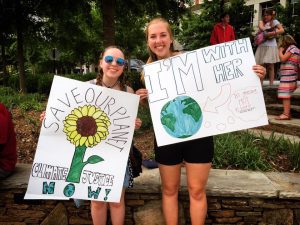

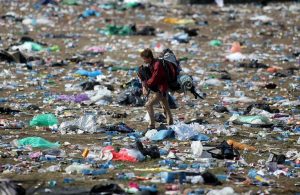

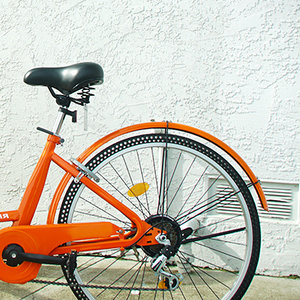
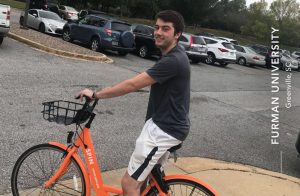 istances, limiting the pollution in cities and campuses. Let me just say, I am a fan of Spin bikes and would recommend them to other students and other campuses to give them a try for their superb ease of use.
istances, limiting the pollution in cities and campuses. Let me just say, I am a fan of Spin bikes and would recommend them to other students and other campuses to give them a try for their superb ease of use.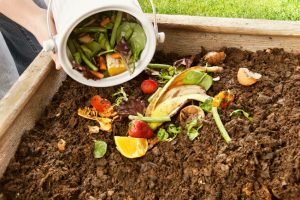
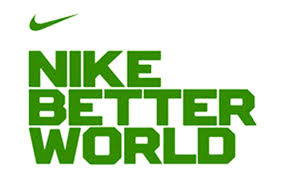
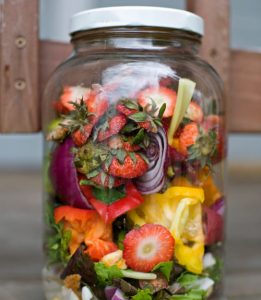 Compost.
Compost.